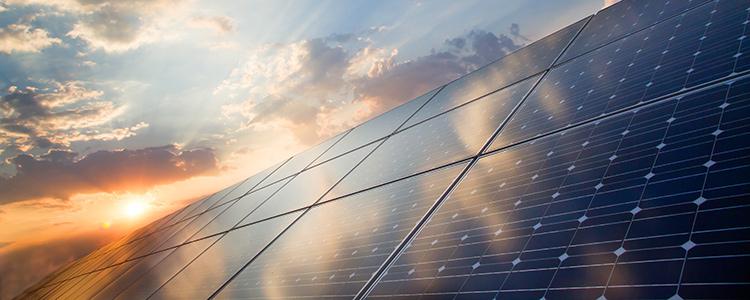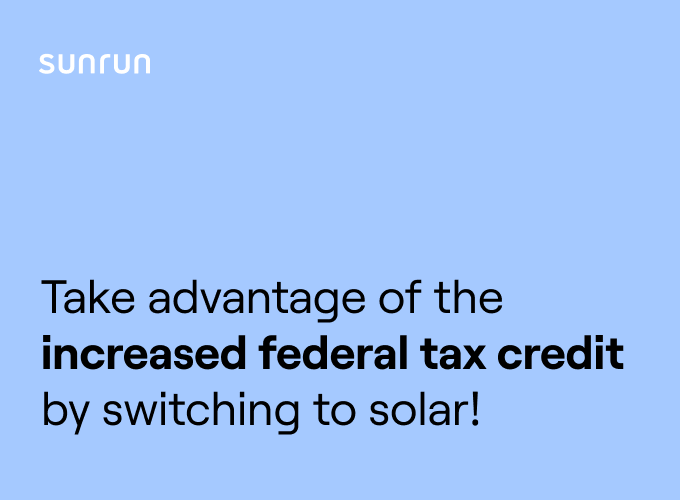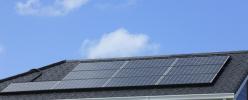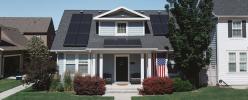What is Alternative Energy?

Anyone watching the news lately has likely heard plenty of discord concerning climate change. And more often than not, the term “alternative energy” is being bandied about. That being said, let’s take a closer look at alternative energy in regard to today’s energy consumption.
What’s the alternative? Or rather, what’s the standard?
To begin, we first need to address the word alternative, because in context of the term “alternative energy,” it implies that there’s something conventional.
When it comes to the production of energy within the United States, the vast majority of electricity comes from the burning of natural gas, petroleum and coal. In fact, these three sources accounted for nearly 78% of the energy produced in 2016.1
So how do you account for the other 22% of energy production? This came from alternative energy sources – alternative to fossil fuels – and includes sources like nuclear, hydroelectric, geothermal, wind and solar.

See if you qualify for the
26% federal tax credit
Thanks so much! We'll call you shortly.
Sorry, we are not taking new customers in your area yet
Refer a friend. Get $1000
Why pursue alternative energy?
Climate change is a topic on the forefront of nearly everybody’s mind. In fact, according to a recent Gallup poll, almost 45% of Americans worry “a great deal” about global warming.2
And regardless of your stance on politics, we can all agree that remaining dependent on finite resources isn’t a long-term solution to any problem, least of all meeting the energy needs of an increasingly energy-dependent society.
That’s where alternative energy sources enter the picture. Consumers are increasingly searching for ways to help mitigate dependence on fossil fuels, opting instead to generate their own electricity. And why shouldn’t they? Not only can this help moderate the ongoing impacts of climate change, it can also help them save a lot of money in the process.
Renewable energy for your home
When it comes to generating your own alternative energy, generally speaking, the most common off-the-shelf technologies are wind turbines and solar systems for homes. Of the two, solar is by far the most common.
And while we acknowledge other alternatives exist – such as geothermal and biomass – they generally require large areas of land and aren’t as readily available to those who live in cities and suburbs, as does the vast majority of the population.
In 2016, solar accounted for 39% of all new electric generating capacity, and accounted for 1.4% of total U.S. electrical generation. That amount is expected to double in the next six years. Best of all, solar prices have dropped by 19% over the last year alone, and nearly 63% over the last 5 years. 3 Simply put, there’s never been a better time to go solar.
Save money with solar panels
When you look at the bottom line, solar panels likely represent the best way to generate alternative energy in your community. Plus, depending on how you choose to go solar, savings in your state could really add up.
To learn more about home solar, speak to a Sunrun solar advisor.
Sunrun
Recommended Articles
-

What if my solar panels don't produce enough power?
If your panels don’t produce the amount of power we said it would, we’ll pay you the difference, easy as that. Sunrun, save with the sun.
-

What is the Cost to Install Solar Panels?
Did you know a new solar installation was completed every 84 seconds in 2016?1 ...
-

How does Sunrun compare to other solar companies?
You have a choice when it comes to solar providers. Actually, a lot of choices.
-

Environmental Impact: A Grid-Powered Car
Are Electric Vehicles Better for the Environment? It’s true that a grid-powered car,...